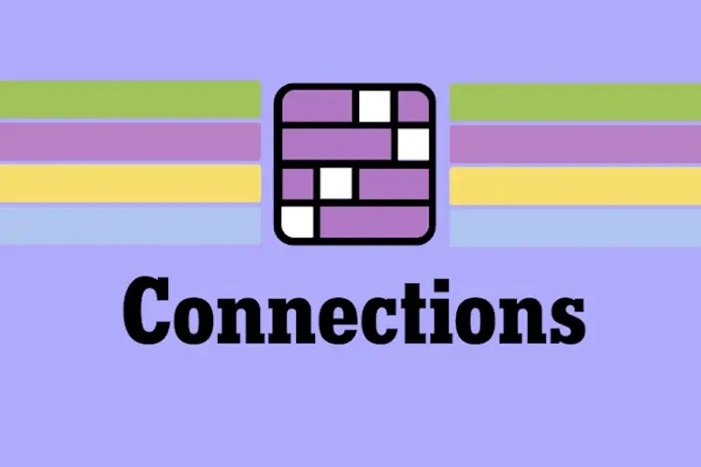Connections NYT – these two words encapsulate the essence of the modern era, where networks reign supreme, and relationships shape destinies.
But what lies beneath the surface of this seemingly simple concept, and how does it influence one of the most iconic newspapers in the world?
The Essence of Connections
Connections are the threads that weave the fabric of society, binding individuals, communities, and institutions together in a complex tapestry of interactions.
In the realm of journalism, particularly at The New York Times, connections serve as conduits for information, insight, and influence.
The Digital Frontier
In an age dominated by digital technology and social media, the landscape of connections has undergone a profound transformation.
Platforms like Twitter, LinkedIn, and Facebook have revolutionized the way people connect, enabling instant communication and global reach at the click of a button.
Nurturing Networks
Within the corridors of The New York Times, connections are more than just casual acquaintances; they are strategic assets carefully cultivated over time.
From reporters cultivating sources to editors liaising with contributors, the ability to forge and maintain meaningful connections is paramount to the success of NYT’s journalistic endeavors.
The Story of Sarah and John
Consider the contrasting experiences of Sarah and John, two journalists navigating the bustling newsroom of The New York Times.
Sarah, with her extensive network of industry contacts and insider sources, consistently breaks stories and uncovers exclusive insights that elevate NYT’s journalism to new heights.
In contrast, John, a talented but relatively inexperienced reporter, struggles to establish himself within the competitive landscape of journalism.
His lack of connections hampers his ability to access crucial information and develop compelling stories that capture the public’s attention.
Leveraging Relationships for Impact
Sarah’s success underscores the pivotal role that connections play in shaping the journalistic landscape. By leveraging her network of contacts, she gains access to valuable information and perspectives that enrich her reporting, setting her apart as a formidable force within the industry.
Bridging Divides, Building Bridges
Yet, connections are not merely tools for professional advancement; they also serve as bridges for dialogue and understanding in an increasingly polarized world.
By engaging with a diverse array of voices and perspectives, journalists at The New York Times can foster empathy, bridge divides, and drive meaningful conversations on issues of global significance.
Read More:
Unlocking Doors to Success: Your Guide to a Real Estate License
Conclusion
In the grand tapestry of human experience, connections are the threads that bind us together, shaping our collective destiny and driving progress in all its forms.
In the storied halls of The New York Times, connections are not just a means to an end; they are the lifeblood of journalism, fueling the pursuit of truth, the dissemination of knowledge, and the quest for a more informed and enlightened society.

